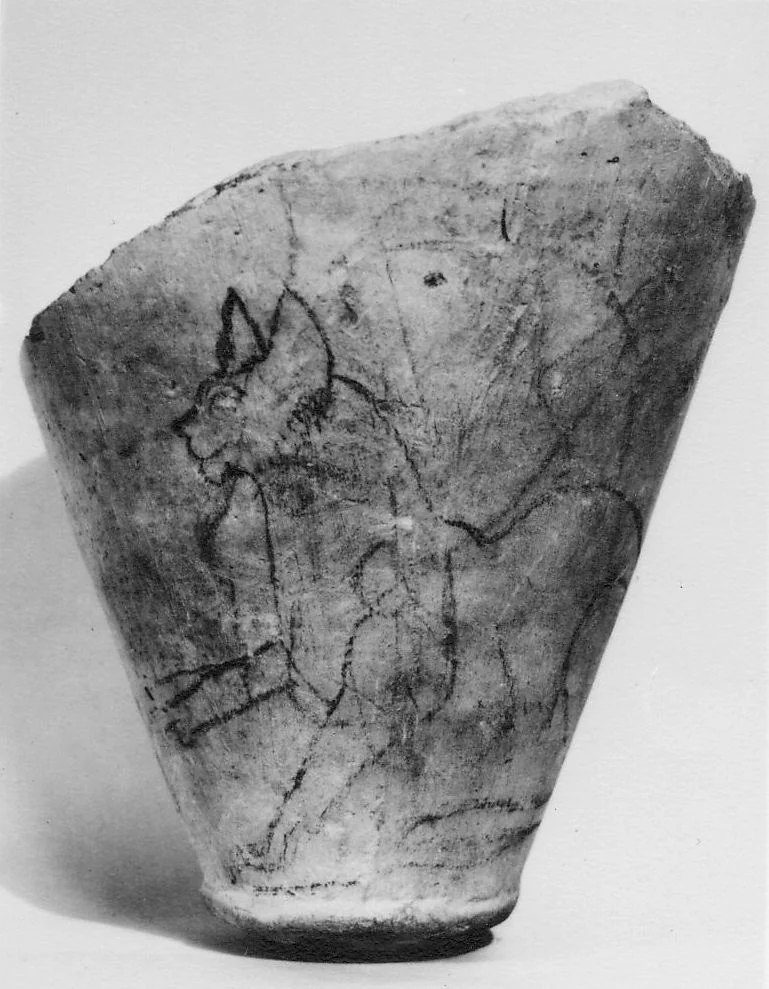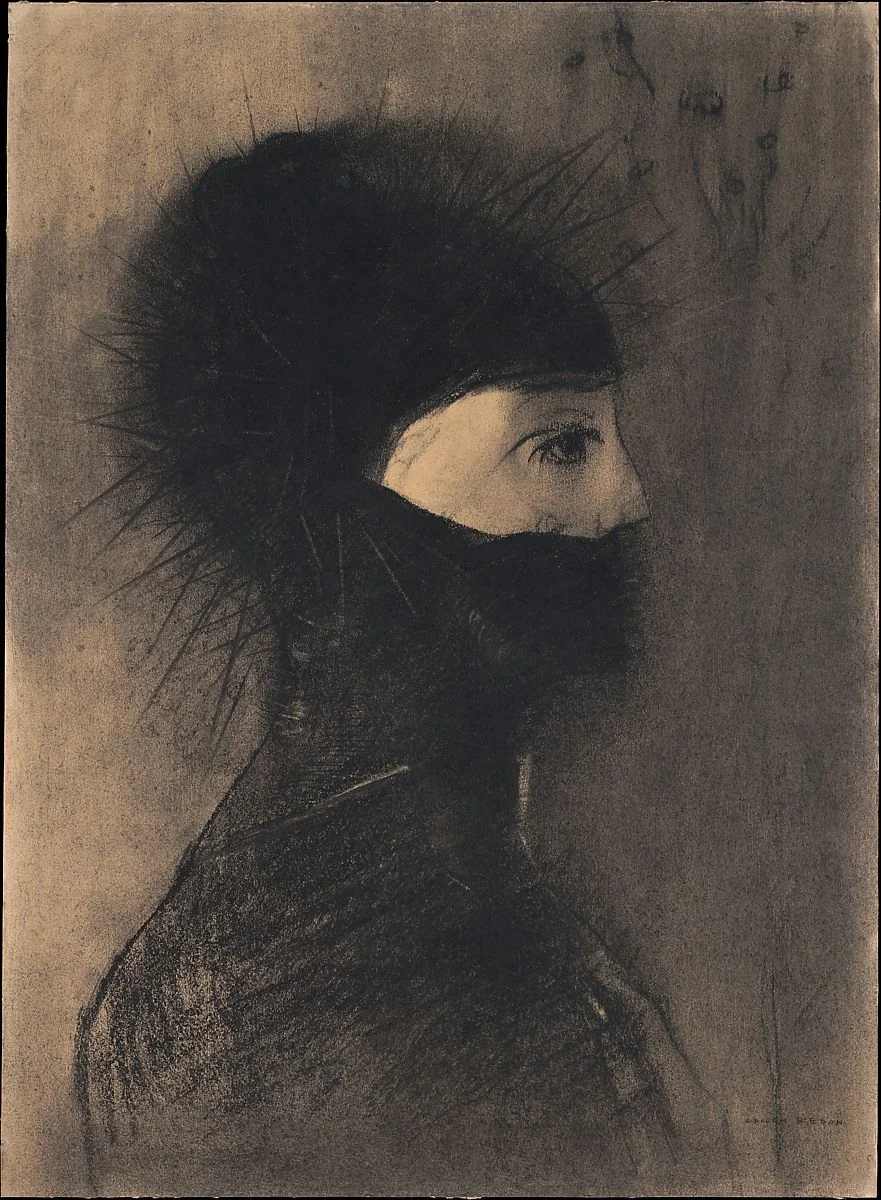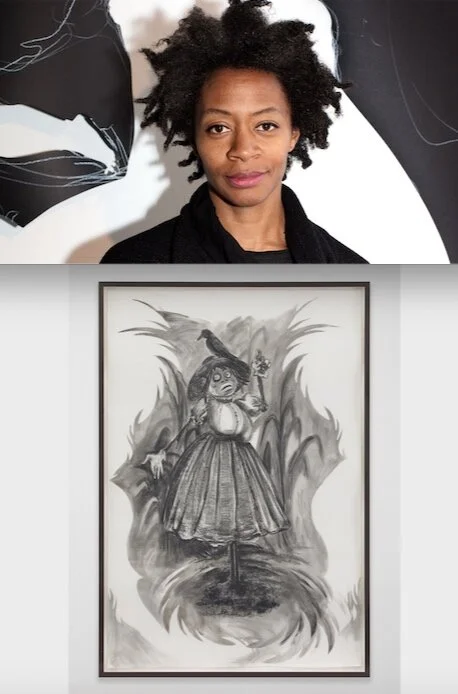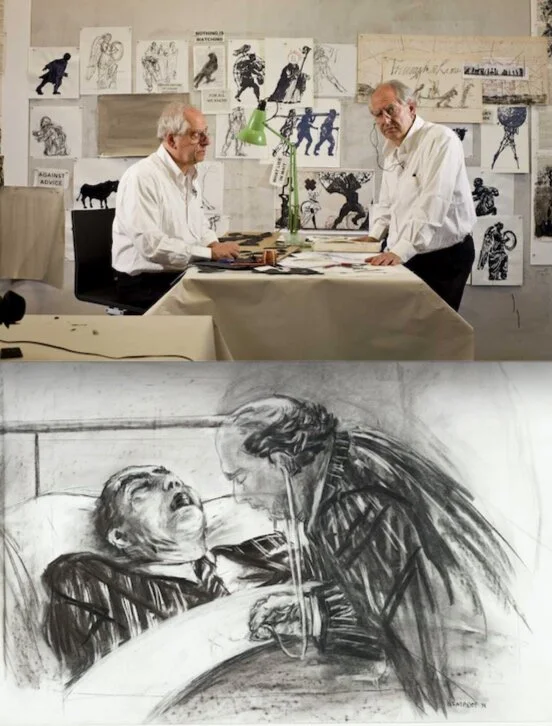charcoal
The transformation of twigs or vines into burnt material for mark making allows for much human expression. Since charcoal can be applied in stick form or by brushing, rubbing and erasing soot powder onto to a surface, it offers many ways for expression.
Charcoal
Charcoal is a drawing medium that can be traced back to our distant ancestors making images on cave walls. The qualities of charcoal are that it flows smoothly and dark onto a surface. A single charcoal mark can be strikingly beautiful because of the color and texture of the black it leaves behind. Charcoal can also be adjusted and manipulated with a simple push of finger making it a delicate and ephemeral media.
Technique
Charcoal works well on textured paper which absorbs the powdered dust and the pressure of the handmade strokes. In art the texture of the paper is referred to as tooth. The more tooth the paper has the more texture the surface of the paper has.
Combining vine and pressed charcoal with pastels in shades of gray can produce varied textures, tones and transparency. Differences in surfaces made of metal, enamel, wood and fibers can be expressed.
Highlights can be created using white chalk, which may be lighter than the color of the paper on which the drawing is done.
The charcoal drawing “Musical Instruments,” was created by Darele Bisquerra in 1990. Stonehenge paper was chosen as a textured surface to hold the combination of soft gray vine charcoal, velvet black pressed charcoal, with white conté crayon highlights.
















